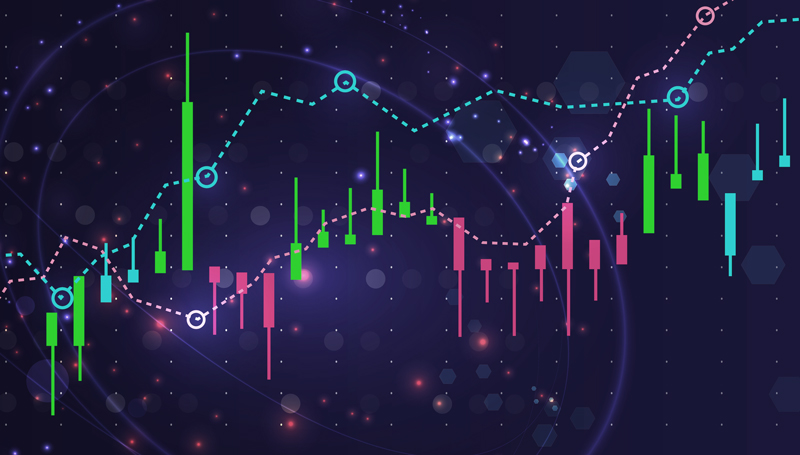
Gold 1876,035
|
EURUSD 1,1876
|
DJIA 29313,50
|
OIL.WTI 42,67
|
DAX 13129,74
|
|---|
The oil market has been in an unusually narrow range for six months now. Meanwhile, an event is approaching which could dramatically alter the balance of supply and demand, and therefore the value of black gold. We are talking about the upcoming meeting of OPEC+ member countries. It is scheduled to take place from 30 November to 1 December.
OIL.WTI

Participants in the transaction will discuss the level of production reduction after December 2020. To date, the cartel and its accession countries have reduced production by 7.7 million barrels per day. However, the current agreement will reduce this to 5.7 million barrels per day from January 2021. This is already included in the first quarter 2021 futures price.
However, preliminary negotiations by the Technical Committee, which met on Monday, led to a recommendation to postpone production growth by 1-2 quarters. The reason is a second wave of coronavirus infection and a sharp increase in Libyan oil production. Of course, this could support black gold quotations in the short term. But there are no official statements yet, and everything is circulating amidst rumours.
What’s more! There are also much more serious rumours. The UAE is considering exiting the OPEC+ deal. The reason for this is disagreement with Saudi Arabia and Russia (the countries that have reduced oil production to the maximum) on quota distribution. According to sources, the UAE Energy Minister expressed the following opinion in a closed session of OPEC+ on Tuesday. It is required that all parties to the transaction fulfil their previous commitments to completely reduce oil production. Only then should the current agreement be amended or extended. It is no secret that at least half of the OPEC+ countries are guilty of overproducing oil in excess of the agreed volumes.
All this is superimposed on fresh data from Cushing, where oil storage facilities are already 83% full, which is only 3 million barrels below spring peaks.
All of this shows that the volatility, which has decreased significantly in recent months, could explode at any time, showing the huge price swings we saw this spring.
What awaits us today?
09.30 Business activity index for the German manufacturing sector for November
10.00 EU Productive Sector Business Index for November
10.30 UK Service Business Activity Index for November
15.45 US Manufacturing PMI for November
Important Notes on This Publication:
The content of this publication is for general information purposes only. In this context, it is neither an individual investment recommendation or advice nor an offer to purchase or sell securities or other financial products. The content in question and all the information contained therein do not in any way replace individual investor- or investment-oriented advice. No reliable forecast or indication for the future is possible with respect to any presentation or information on the present or past performance of the relevant underlying assets. All information and data presented in this publication are based on reliable sources. However, Bernstein Bank does not guarantee that the information and data contained in this publication is up-to-date, correct and complete. Securities traded on the financial markets are subject to price fluctuations. A contract for difference (CFD) is also a financial instrument with leverage effect. Against this backdrop, CFD trading involves a high risk up to the point of total loss and may not be suitable for all investors. Therefore, make sure that you have fully understood all the correlating risks. If necessary, ask for independent advice.











